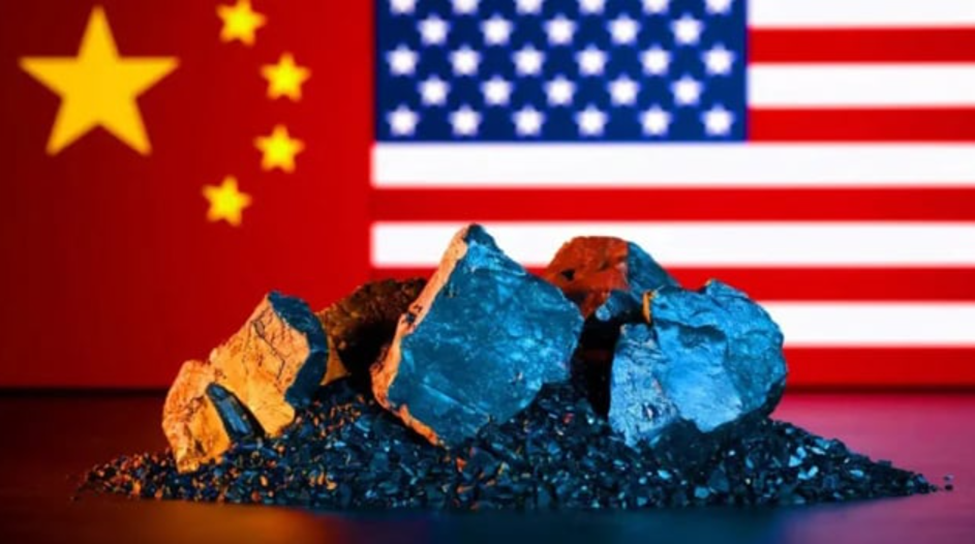Bill Gates reveals how hiring 15 Indians in 1980s helped Microsoft conquer the tech world
- InduQin
- Oct 7
- 3 min read

The U.S. tech industry faces turmoil after a steep H-1B visa fee hike to $100,000, sparking debates about its impact on global talent and the economy. A resurfaced 2024 video of Bill Gates highlights his transformative decision to hire Indian engineers in the 1980s, despite criticism of "brain drain." Their contributions were pivotal for Microsoft and the global tech sector, underscoring the enduring value of international collaboration and innovation.
The technology sector is grappling with a significant change following the recent hike in H-1B visa fees in the United States. Last week, U.S. President Donald Trump announced a steep increase in the application fee for this visa program, which is essential for bringing skilled foreign professionals into the country. The revised cost for a new H-1B visa application has now soared to $100,000, sparking heated discussions about the future of the program and its impact on the U.S. workforce and economy.
The H-1B visa program has long been a cornerstone of the American tech industry, enabling companies to recruit highly skilled talent from around the globe. However, this fee hike has reignited debates about the program’s role and the broader implications of relying on foreign expertise. Amid the uproar, an old video of Microsoft co-founder Bill Gates has resurfaced, offering a historical perspective on the value of international talent in shaping the tech sector.
The clip, which has gone viral, is from a speech Gates delivered at the Indian Institute of Technology (IIT) Delhi in February 2024. In his address, Gates reflected on Microsoft’s formative years and shared a pivotal moment when Indian engineers played a transformative role in the company’s success.
Gates recounted how, during the 1980s, Microsoft was still a fledgling company with a small workforce of a few hundred employees. The company faced significant challenges in finding top-tier engineering talent to drive its growth. A senior colleague suggested that Gates look beyond the U.S. for talent and explore the potential of recruiting from India’s prestigious IITs. Acting on this advice, Gates traveled to India and eventually hired a group of around 15 engineers. Reflecting on that decision, Gates described it as “a phenomenal thing” that had a profound impact on Microsoft’s trajectory.
At the time, the move was met with skepticism and criticism. Many U.S. media outlets labeled it a “brain drain,” arguing that valuable talent was being taken away from India. Simultaneously, there was growing discontent among Americans who felt that foreign workers were occupying jobs that should have been reserved for local citizens. These sentiments mirror the ongoing debates surrounding the H-1B visa program, which continues to be a contentious issue in discussions about immigration and economic policy.
Looking back over two decades later, Gates acknowledged that hiring these Indian engineers proved to be a game-changing decision for Microsoft. These professionals played a critical role in strengthening the company’s technological foundation and contributed to some of its early groundbreaking innovations. Over time, many of these engineers rose to prominent leadership positions within the global tech industry, leaving a lasting legacy that extended far beyond Microsoft. Their contributions were instrumental in shaping the digital landscape we navigate today.
This historical anecdote serves as a powerful reminder of the value of embracing global talent and collaboration. As the tech industry navigates the implications of the recent H-1B fee hike, Gates’ story underscores the importance of fostering an environment where innovation knows no borders.







Comments